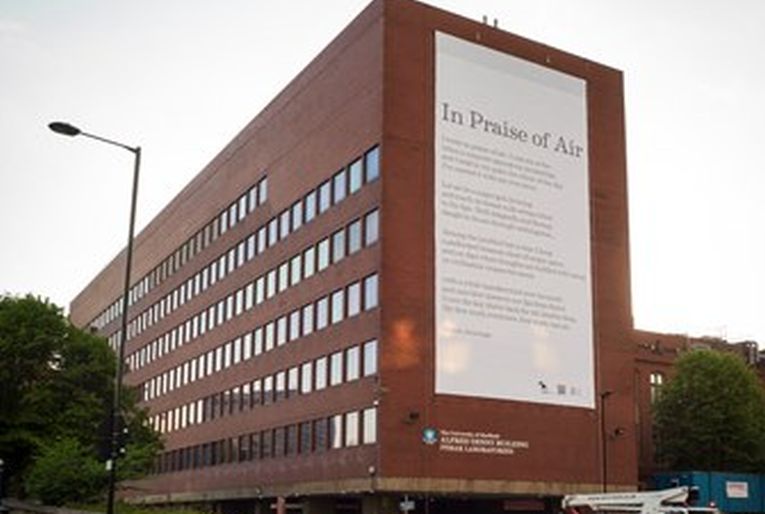Titanium dioxide coating on cars and aircraft have revolutionised protective nanotechnology. The University of Sheffield has set the target as absorbing the poisonous compounds from vehicle exhausts. Tony Ryan is the professor of physical chemistry in charge of adapting self-cleaning window technology to pollution solutions. The 10m x20m poster they now use on the Alfred Denny university building demonstrates how nitrogen oxides from 20 cars per day could be absorbed efficiently by roadside absorption.
The Prof has already demonstrated how jeans could have the titanium dioxide integrated in their fabric to clean up the city. The name of the miniscule nanoparticles of the commercial product is Catcio. During daylight, the photons of light inter-react with oxygen, releasing its atoms to form peroxide that will immediately wipe up the nitrogen compounds. Fairly complex, but simple for the chemicals involved! It's estimated that 80% of the pollution would be removed by clothing.
The great surface area of a hoarding can contribute similarly effective action against pollutants. London is now famed for the amount of nitrogen oxides that emerge from its burgeoning diesel traffic. This partly explains Britain's great problem with young asthma sufferers. They have the highest number of asthma patients in Europe. As Prof. Ryan states, "The science behind this is an additive which delivers a real environmental benefit that could actually help cut disease and save lives. "
The field of Soft Nanotechnology moves in devious ways with natural and artificial fabrics. Titanium of course is expensive, with this hoarding costing £100 extra to have the coating. The air-scrubbing poster is a new innovation that has to be placed alongside busy roads to do its job. Clothing worn on city streets is already (harmlessly) producing the compounds that will remove some vehicle pollutants. Next steps of course would involve removing the trucks and cars from city centres!










